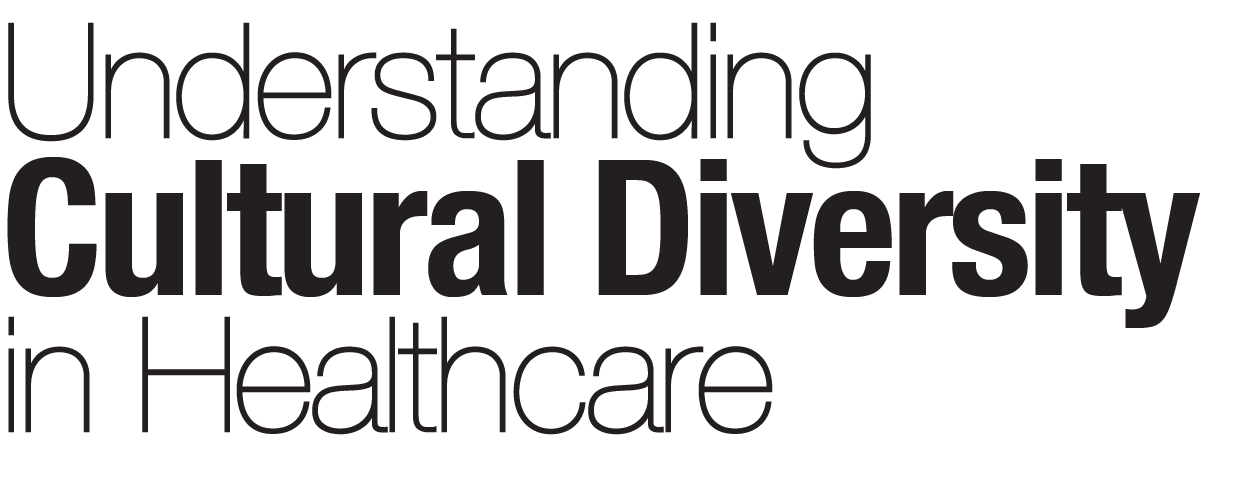
Caution: These are broad generalizations and should not be used to stereotype any individuals. They are most applicable to the least acculturated members.There are more than 550 different Native American tribes, with much variation among them.
Communication
Native Americans often use anecdotes and metaphors to describe their own health status. A story about an ill neighbor may be a way of saying that the individual is experiencing the same symptoms. The names of deceased relatives may be avoided, although a relationship term such as “brother” or “mother” may be used instead.
Long pauses generally indicate that careful consideration is being given to a question. Do not rush the patient.
Direct eye contact may be avoided out of respect and/or concern for soul loss/theft. Do not misinterpret it as a lack of interest or evasiveness.
Due to a history of misuse of signed documents, some may be unwilling to sign informed consent or advanced directives. Some may display hostility toward healthcare providers due to the history of treatment of Native Americans by whites.
Older adults may prefer the term “American Indians” over “Native Americans.”
Time Orientation
A present time orientation is common. Individuals are often oriented to activities, rather than the clock. “Indian time” may run very late.
Pain
Stoicism is highly valued, and patients may not express their pain, other than by mentioning, “I don’t feel so good” or “Something doesn’t feel right.” If the patient reports feeling “uncomfortable” and is not given pain relief, s/he generally won’t ask again. Offer pain medication when the condition warrants it, even if patient does not appear to be in pain.
Family & Gender Issues
Extended family is important, and any illness concerns the entire family.
Decision making varies with kinship structure. Patients will generally make their own decisions about their health.
Pregnancy & Birth
A female relative may be the birth attendant.
Stoicism is encouraged during labor & delivery. Mother & infant may stay inside and rest for 20 days post partum, or until the umbilical cord falls off, depending upon custom. Some may want to save the umbilical cord, because it may be seen as having spiritual value.
Pediatric
In some tribes, long, thick hair is the sign of a healthy child; cutting it is taboo and believed to lead to illness or even death. Check with the family before cutting a child’s hair.
Teen pregnancy rates are high and may be more culturally acceptable than in other populations.
End of Life Issues
Some tribes may prefer to avoid discussion of a terminal prognosis or DNR since negative thoughts are believed to hasten death. Others will use the information to make appropriate preparations.
Some tribes may avoid contact with the dying, while others will want to be at the bedside 24 hours a day. Visitors may display a jovial attitude so as not to demoralize patient. Mourning is done in private, away from the patient.
After death, wailing and shrieking may occur.
Some may want to leave a window open for the soul to leave at death; others may orient the patient’s body to a cardinal direction before death.
Health Related Practices
Before cutting or shaving hair, check to see if the patient or family wants to keep it. Realize that in some tribes, cutting hair is associated with mourning.
A medicine bag may be worn. Do not treat it casually or remove it without discussing it with the patient. If it is absolutely necessary to remove it, allow a family member to do so, keep it as close to the patient as possible, and return it as soon as possible.
Food which is blessed (via traditional religion or Christianity) may be thought to be devoid of harm. Nutritional guidance should take this into account. Many traditional foods are high in fat.
Similarly, tobacco is seen as sacred and has important ceremonial use in some tribes. This can be challenging when trying to provide counseling against smoking.
Traditional healers may be combined with the use of Western medicine. Allow traditional healers to perform rituals whenever possible. Do not touch or casually admire ritual objects.
Note: the material contained in this profile is adapted from Kramer, J. (1996) American Indians. In JG Lipson, SL Dibble, and PA Minarik (Eds.), Culture and Nursing Care: A Pocket Guide (pp. 11-22). San Francisco: UCSF Nursing Press.
